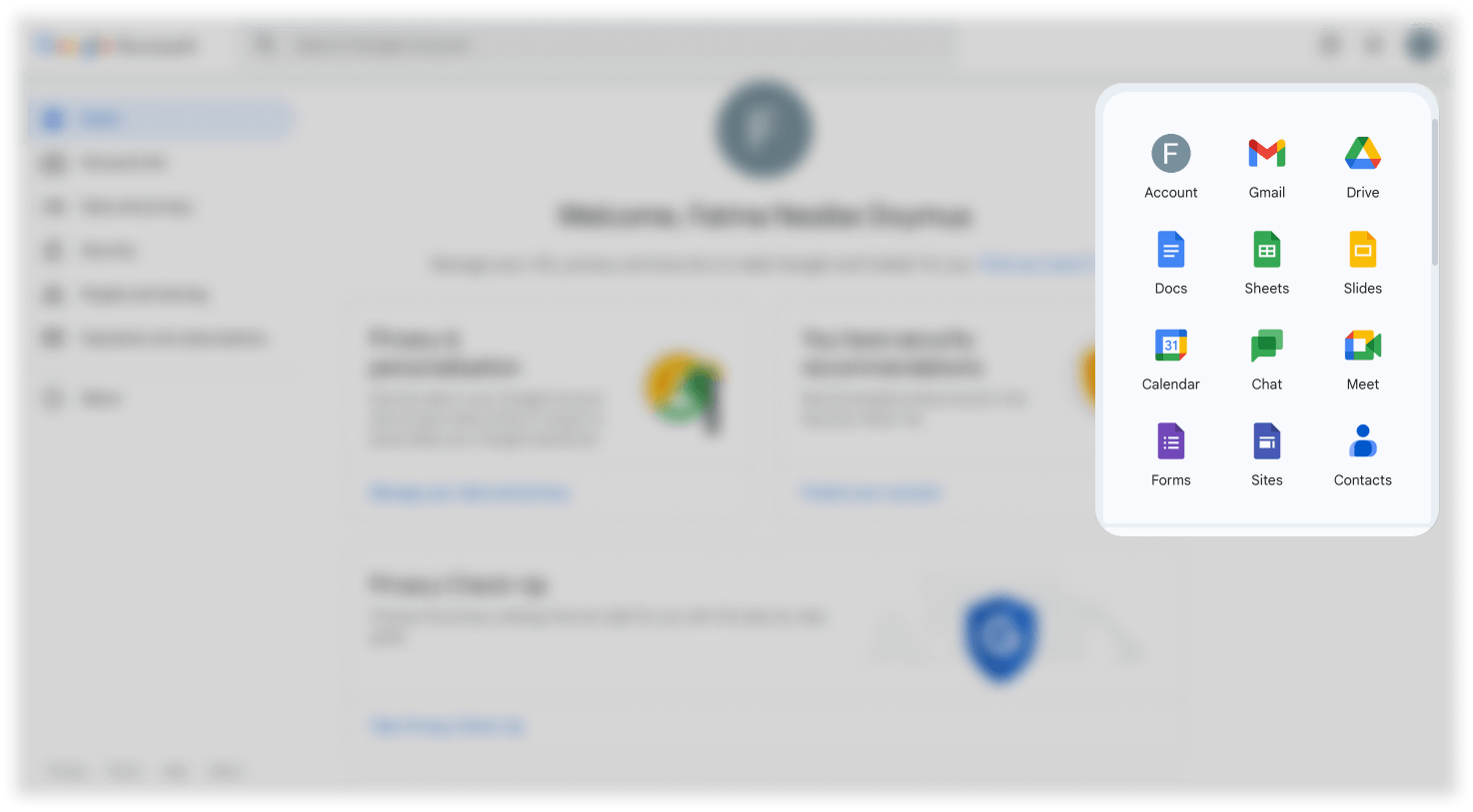Navigating Google’s account inactivity policy: A marketer’s guide
In the ever-evolving landscape of digital security, Google has taken a significant stride to enhance user protection. Commencing in December 2023, Google is set to enforce a new policy that concerns inactive accounts. Accounts that have not been accessed or used for a period exceeding two years will face deletion by Google.
Updated on 26 Sep 2025
This transformative step aims to bolster security measures by eliminating vulnerable accounts that lack crucial security protocols. Yahoo had previously implemented a similar approach, permanently erasing inactive accounts after 12 months.
Why is Google making this change?
At the heart of Google’s policy revision lies a strong emphasis on security. Older accounts—often devoid of robust security features such as two-step verification—remain susceptible to cyber threats and unauthorized access. With the deletion of inactive accounts, Google is proactively addressing potential security risks, thereby safeguarding the integrity of user data and ensuring their privacy remains intact.
Defining account activity
To keep their account active, users must engage in various activities within the Google ecosystem. This encompasses actions like sending or reading emails, using Google Drive, watching YouTube videos, downloading apps from the Play Store, using Google Search, and signing into third-party applications or services via “Sign in with Google.”
Exemptions to the policy
Certain accounts will be exempted from this policy to ensure specific user groups remain unaffected. School and corporate accounts, due to their distinct usage patterns, fall under this category of exemption. Additionally, accounts with YouTube videos and those subscribed to services like Google One will be spared from deletion.
Deletion targets: What’s at stake
Accounts labeled as inactive will undergo permanent data deletion. This encompasses all emails within Gmail, along with documents, spreadsheets, PowerPoint slides, photos, and other files stored on Google Drive. However, it’s important to note that YouTube videos linked to the account will not be subjected to deletion.
Implications for marketers: Challenges and prospects
For marketers, this policy shift ushers in both challenges and opportunities. Attempting to send emails to dormant accounts could lead to hard bounces, thereby negatively impacting deliverability rates.
However, it also presents a unique chance to strategically segment and target inactive users. This personalized approach could potentially reignite their interest through tailored and precisely targeted content. Nevertheless, if you’re already leveraging Insider’s robust capabilities for user engagement, these concerns might not be on your radar.
Embracing change with Insider
Insider is equipped to guide marketers seamlessly through this transitional phase. We’ve joined forces with ISPs to categorize deleted accounts as invalid within the Insider panel. This measure ensures that deleted emails don’t tarnish your reputation, mitigating any concerns about deliverability rates.
To maintain customer engagement and steer clear of hard bounces, consider implementing the following strategies:
- Interaction-related segmentation capabilities: Harness the power of Insider’s recipient segmentation tools to zero in on specific user groups based on their interaction levels. Tailored campaigns can effectively rekindle the interest of inactive users and encourage them to take meaningful action.
- Unsubscribe pages and preference center: Crafting personalized unsubscribe and preference center pages empowers users to fine-tune their email preferences. This fosters a sense of control and enables them to specify communication type and frequency.
- Analytics for tracking engagement: Employ Insider’s advanced analytics suite to track engagement rates and optimize your marketing initiatives. A data-driven approach ensures that strategies are refined and avenues for enhancement are identified.
- AI-driven subject line generation: Enhance your email subject lines using Insider’s integration with ChatGPT. Captivating calls to action can captivate users’ attention and keep them engaged, enhancing the overall impact of your emails.
- Reach out to them via other channels: With Insider, even if your customer’s email is deactivated, you still have a phone number to reach them via SMS, Whatsapp, or Web Push based on their likelihood to engage on those channels.
In essence, Google’s proactive stance toward inactive accounts signifies a pivotal stride in enhancing user security.
For marketers, adapting to this change is paramount in maintaining deliverability rates and fostering consistent customer engagement. Insider’s marketing solutions serve as an invaluable compass to navigate this transition, potentially eliminating the need for arduous engagement tracking. With a focus on targeted communication and insights derived from data, marketers can seamlessly transform this policy shift into a unique opportunity to bolster engagement and foster enduring customer relationships.




















